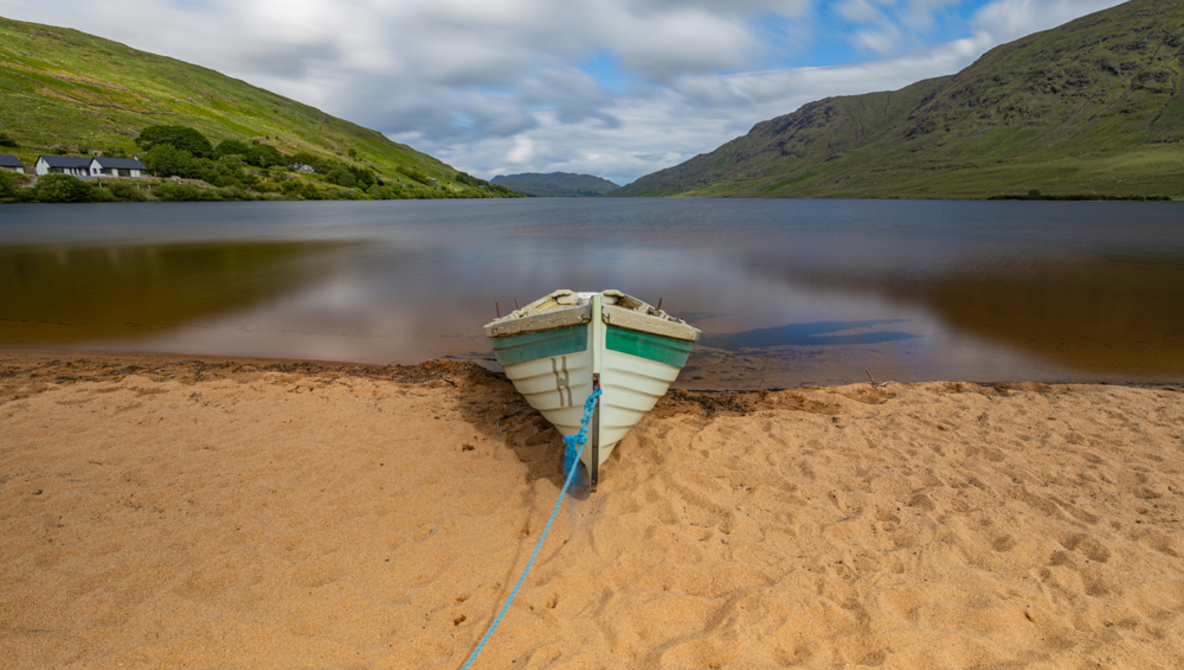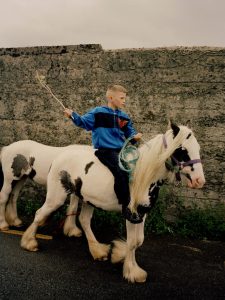
Long exposure photography is a powerful technique in landscape photography, allowing you to capture the smooth, dynamic movement of clouds and water while keeping stationary elements sharp. One challenge we often face is dealing with moving subjects, such as boats, which can result in blurred images if not properly stabilized. Ensuring the stability of boats is crucial to achieving sharp, high-quality long exposures.
Ensuring the stability of boats for long exposures is crucial for achieving sharp, high-quality landscape photographs. You want to ensure you get it right in the field as you won’t be able to really fix it when editing. Standard exposures of boats can be excellent when you have flat, calm water as you can get the best reflections and natural mood of the scene; however, you will still need to have a fast shutter to freeze any movement that might exist.
Stabilizing boats is essential in landscape photography, especially for long exposures. This method involves dragging the boat ashore to prevent movement, allowing for sharper and clearer images. The technique maximizes the potential of long exposures by capturing the dynamic movement of clouds and water while keeping the boat steady. Proper stabilization of boats can significantly enhance the quality of landscape photographs.
Why Stability Matters in Long Exposures
Long-exposure photography involves using a slow shutter speed to capture movement over time. While this can create stunning effects with moving elements like clouds and water, any movement in the main subject can result in a blurry image. This is particularly true for boats, which can drift with the slightest water movement. Stabilizing the boat is essential to keep it sharp and clear in your long exposure shots.
The most effective way to stabilize a boat is to drag it ashore. By positioning the boat on solid ground, you prevent any movement caused by water currents or waves. This method ensures that the boat remains stationary, allowing you to capture sharp, long-exposure images.
Placing the boat in shallow water where it touches the ground can help stabilize it. This method works best in calm water conditions where there is minimal wave action. Ensure the boat is firmly in place and won’t float away with changing water levels.
 Setting Up for the Perfect Shot
Setting Up for the Perfect Shot
Once the boat is stabilized, set up your camera on a tripod to avoid any camera shake. Use a remote shutter release or the camera’s timer function to eliminate any movement caused by pressing the shutter button. Compose your shot, considering the position of the boat and the surrounding elements.
With the boat secured and your camera set up, it’s time to capture the long exposure. Use a neutral density (ND) filter to reduce the amount of light entering the lens, allowing for longer exposure times even in daylight conditions. Adjust your exposure settings to achieve the desired effect. Longer exposure times will smooth out the water and capture the movement of clouds, creating a dreamy, ethereal look. If the wind is coming towards you or from behind you, this will add some great depth to your images with the clouds streaking away or towards you in the shot.

Post-Processing Tips
After capturing your long exposure shots, use post-processing software to enhance the images. Adjust the contrast, sharpness, and color balance to bring out the details and mood of the scene. Pay attention to any residual movement in the boat and use selective sharpening to enhance its clarity. (If the boat was steady, then you shouldn’t have any, of course.)
Conclusion
Stabilizing boats is a crucial step in mastering long-exposure photography in any landscape setting. By ensuring the boat remains stationary, you can achieve sharp, high-quality images that capture the dynamic interplay of light, clouds, and water. Whether you drag the boat ashore, use anchors, position it in shallow water, or add weights, the key is to minimize movement. With these techniques, you can elevate your landscape photography and create stunning long-exposure shots that showcase the beauty of the natural world.
Do you have any other tips to share like this simple one?




